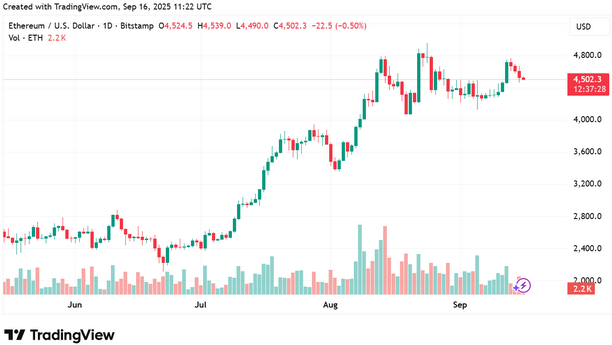Young cheerful lady enjoying on poolside. Resting in spa hotel in pine forest in summertime. Swimming pool in tourist resort. Joyful woman on vacations, female wellbeing.
Oleg Breslavtsev | Moment | Getty Images
A version of this article first appeared in CNBC’s Inside Wealth newsletter with Robert Frank, a weekly guide to the high-net-worth investor and consumer. Sign up to receive future editions, straight to your inbox.
The ranks of the world’s ultra-wealthy continue to swell, with the number of individuals worth at least $30 million surging to 510,810 at the end of June, up 5.4% since the beginning of the year, according to a new report by wealth intelligence firm Altrata.
Millennials and members of Generation Z only make up 8% of this class, which boasts combined net worth of $59.8 trillion, per Altrata. Baby boomers command the lion’s share of nearly 45% and people born in 1945 or earlier represent another 22%.
However, this dynamic is set to change rapidly thanks to the great wealth transfer, with Altrata estimating that the millennials and Gen Z constituents will make up more than a third of the ultra-wealthy population by 2040. Meanwhile, the share held by baby boomers and the silent generation will shrink from more than two-thirds to a fifth, and Generation X will take the lead with 45%.
This generational shift has far-reaching implications for firms that cater to the ultra-rich, from wealth managers to art dealers as well as nonprofits, according to Altrata’s Maya Imberg.
“They really have to think ahead because 15 years is not actually that far away,” said Imberg, head of thought leadership and analytics at Altrata. “Are environmentally friendly cars going to become more critical? Are they going to be as into yachting? All of these preferences are going to have a really big impact on the bottom line of businesses.”
Part of this rapid growth is due to the increased use of trusts and family offices over the past decade to pass wealth to heirs at an earlier age, Altrata’s Maeen Shaban told Inside Wealth.
“That means younger people are able to access that wealth. They don’t have to wait for the principal to pass away,” said the director of research and analytics.
Imberg said the most “stark” difference between generations lies in the industries where they made their wealth and the ones where they currently work. For most ultra-wealthy individuals, especially younger ones, these two are one and the same, according to Imberg.
But 15% of the next generation derives their wealth from hospitality and entertainment, while their older peers index below 5%. The next generation is also the most likely (just under 9%) to have technology as their industry of focus, which is twice the share of baby boomers. While banking and finance is the most popular industry across all generations, the share for the youngest is just under 20%, 10 percentage points lower than the average.
These differences, according to the report, reflect tech companies minting millionaires, as well as influencers and celebrities monetizing social media.
Other nuances can largely be attributed to age, such as the next generation listing philanthropy as a lower priority, as well as real estate and luxury assets making up nearly a quarter of their wealth. These young entrepreneurs are typically running businesses that may be illiquid, leaving less time and cash to spend on philanthropy, Imberg said.
They also have a lower average wealth with a median of $44 million (versus $57 million for baby boomers), so real estate often makes up a larger chunk of their portfolios, according to Shaban. And while baby boomers are downsizing, the next generation is in the mood to spend, he said.
“They are in more of an acquisition state than older generations. They’re still buying things. For some of them, they’re buying the first house, their first big car, their first vacation home, or whatever,” he said. “It’s a different life cycle.”
Source: https://www.cnbc.com/2025/10/02/ultra-wealthy-millennials-gen-z-baby-boomers.html

